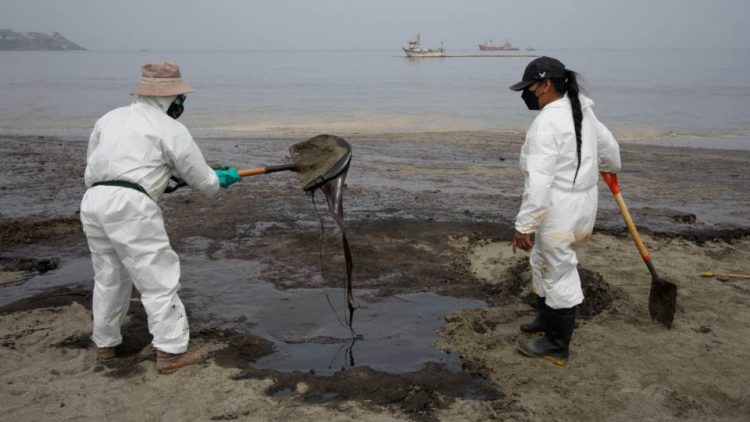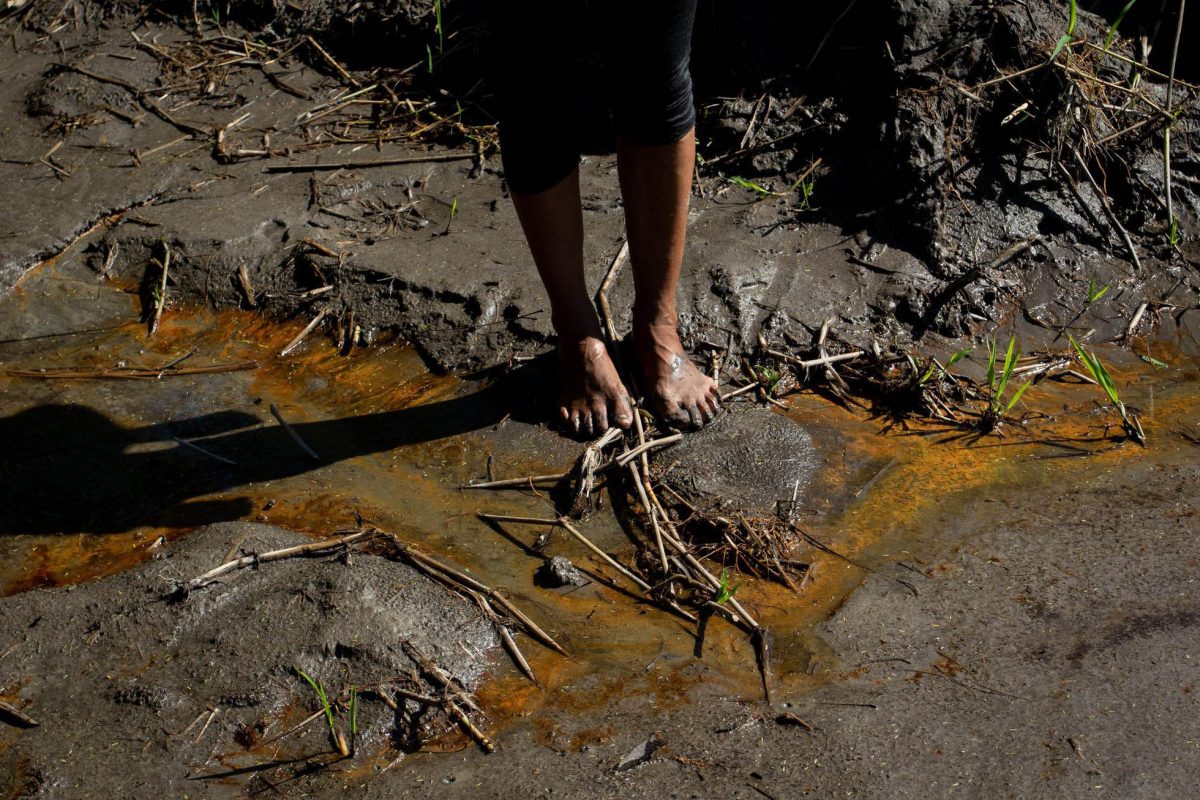With countries in South America now attracting increasing attention in the global oil and gas industry, there are indications that they are continuing to push the envelope in order to position their oil resources to become significant game-changers in what, in many instances, are still countries plagued by poverty.
Last week, Petroecuador, Ecuador’s state-owned oil company, announced that it will be seeking to double production to 800,000 barrels of oil equivalent per day (boed) over the next five years, an ambition that will require an injection of US$12 billion into the industry.
The political administration in Quito, the Ecuadorean capital, said that in order to realise this goal Petroecuador hopes to join forces with private-sector oil companies through consortia in the hope of developing large blocks of hydrocarbons on land and offshore.

The country’s current oil production reportedly sits at around 400,000 boed. It is reportedly hoping to close 2022 output averaging 495,000 boed.
“In order to complete these projects within the planned deadlines, private capital and adequate regulations to provide legal certainty to those keen to invest in the hydrocarbon sector will be needed,” the state-run oil company said in a recent statement.
One planned Ecuadorean project envisages the integration of three oil blocks in order to boost their combined output to 250,000 boed over the next three to four years. A second project envisages the development of the Pungarayacu field, where, reportedly, important reserves of heavy crude are deposited and where private investment is being awaited for exploitation to begin.
Petroecuador has also identified six new gas prospects in the offshore Amistad field in the Gulf of Guayaquil. There are, reportedly, 45 billion barrels of oil identified in the Amistad field.
Ecuador persists in its efforts to maximise its oil output despite recent spills, the latest occurring earlier this year, resulting in 6,000 barrels of crude being spilled in the Amazon rainforest and triggering protests from the Indigenous inhabitants of the region.
Less than two months ago, on January 28, another oil spill occurred in the Ecuadorean Amazon after a rupture of what is known as the OCP (Oleoducto de Crudos Pesados) heavy oil pipeline. The spill reportedly occurred on a mountain slope and triggered tensions between the central government authorities in Quito and the indigenous associations CONAIE and CONFENIAE, the latter having documented the extent of the spill. The spilled oil reportedly continues to pollute dozens of kilometres of the Coca River as far as the Napo River, a tributary of the Amazon. Indigenous villages located along the rivers have reportedly been hit hard by the spreading oil.
While the surfeit of oil recovery by countries in the hemisphere have attracted the attention of the global oil and gas industry, the succession of oil spills in Peru and Ecuador in recent months has also led to pronouncements calling for the tightening of precautionary measures against these accidents.
One of the concerns for countries in the hemisphere engaged in oil exploration and recovery, some of which are already faced with food security challenges, is that the damage resulting from spills can further impact negatively on their food chains.
Still these countries persist, concerned, global oil and gas sources say, that as environmental pressures mount they may well be left with millions of barrels of oil in the ground that can do little to alter their largely impoverished populations.






